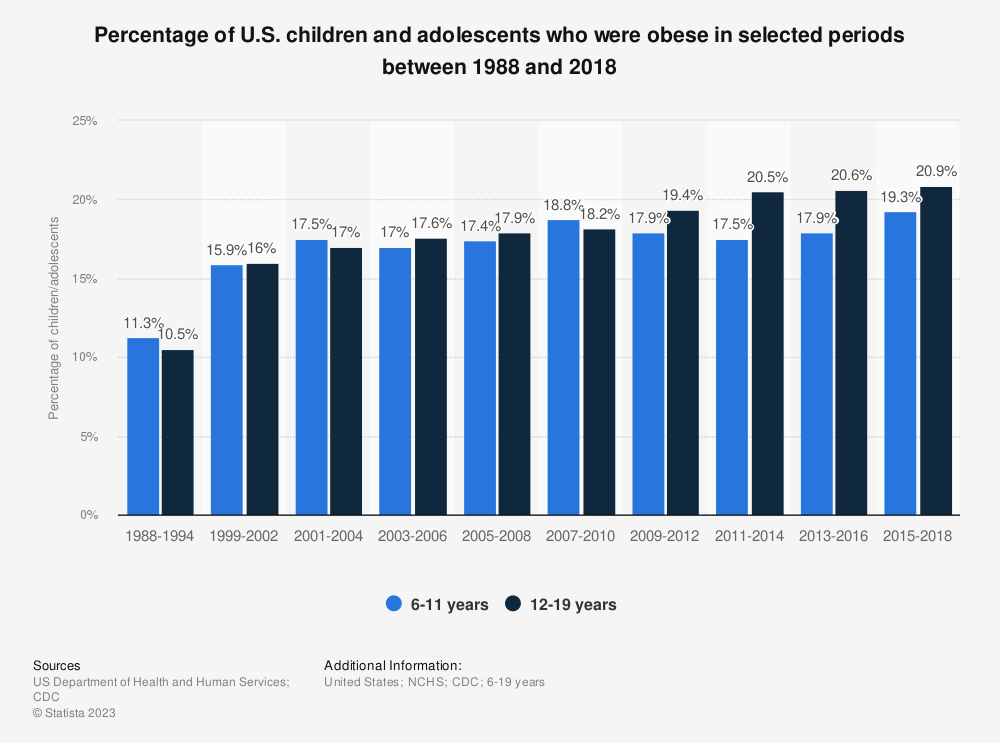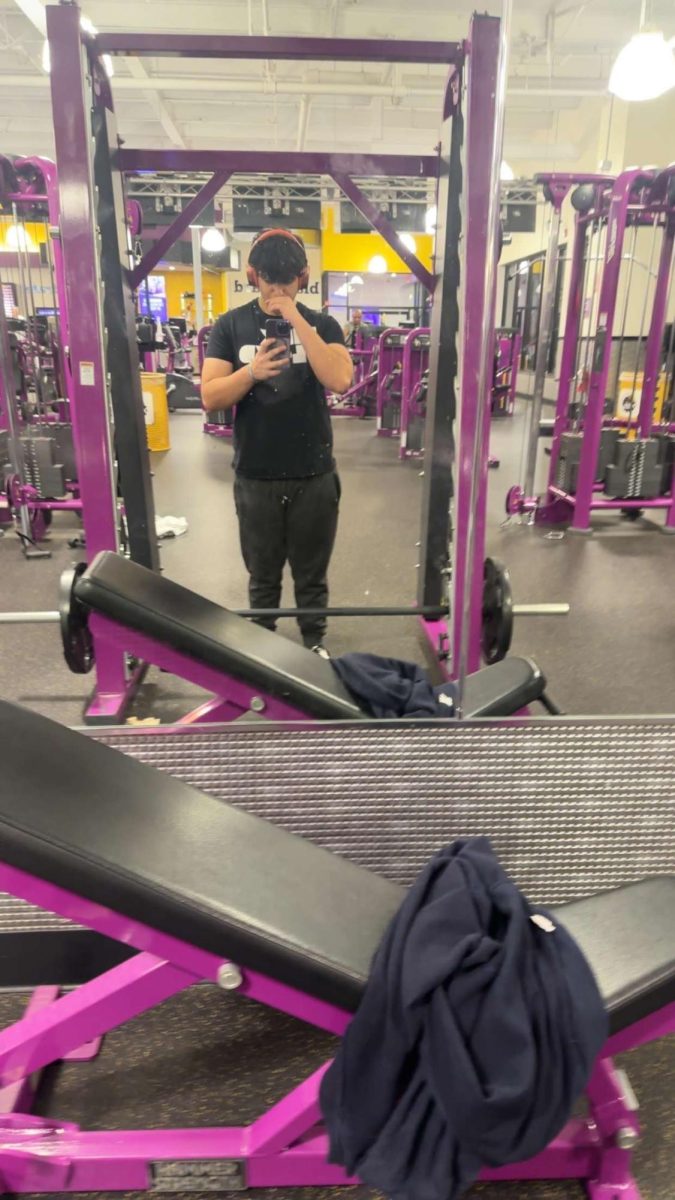A startling 22 percent of schools in America do not have physical education classes at all, according to the Washington Post.
From elementary school to high school, physical education is a big part of a student’s day, because it is a break from the long classroom hours, where they can play sports and talk with their friends. Not only is it a break from long classroom hours, but it can also be helpful to students and their education.
“It keeps you physically active, because some people don’t do that much [exercise] during the day, they just go to school and then they come home,” says Junior Adrian Cruz.
The Center for Disease Control and Prevention (CDC) states that some of the benefits to physical education in schools include increased level of physical activity, improved grades and test scores, and students maintain their attention to the task at hand much more in the classroom.
“Exercise improves your focus and makes you more alert for learning,” says Mrs. Ganun, P.E. teacher at Foran High School.
Currently the Milford Public School District only requires one credit of physical education and wellness for students to be able to graduate, which is only a year of gym throughout four years in high school. Is one credit too little, just enough, or too much?
With that being said, why should physical education not be required in schools? It is argued that P.E. creates a negative environment for students that do not participate in any sports. Competitive games are often played in P.E., being mostly dominated by students who compete in sports outside of school, which can make other students feel self-conscious.
Many P.E. activities involve teamwork and communication, which are very important for students. These skills can be used in the classroom, outside of school, at work, and many other places.
“P.E. allows all students an opportunity to learn various physical activity and concepts that can improve their health both now and in the future. Activity also helps prevent lifestyle diseases such as Type II Diabetes, obesity, heart disease, etc.,” Ganun explains.
Another topic is stress and mental health. Not only does physical education help with physical health, but it also improves mental health and helps relieve stress.
“P.E. also allows kids to learn how activity helps with stress,” Ganun states.
With the facts stated, it’s clear that physical education has its benefits, while also having a few negatives. Overall, should physical education be required in high schools, and how long should the course be?











Martin G Heilman | Jan 29, 2024 at 10:34 AM
I have been a PE teacher for 27 years and counting. I still love it. Although it can definitely be chaotic. Physical education is so much more than just being physical! I like to call my classes wellness education. Mind, body and soul. Making movement fun.